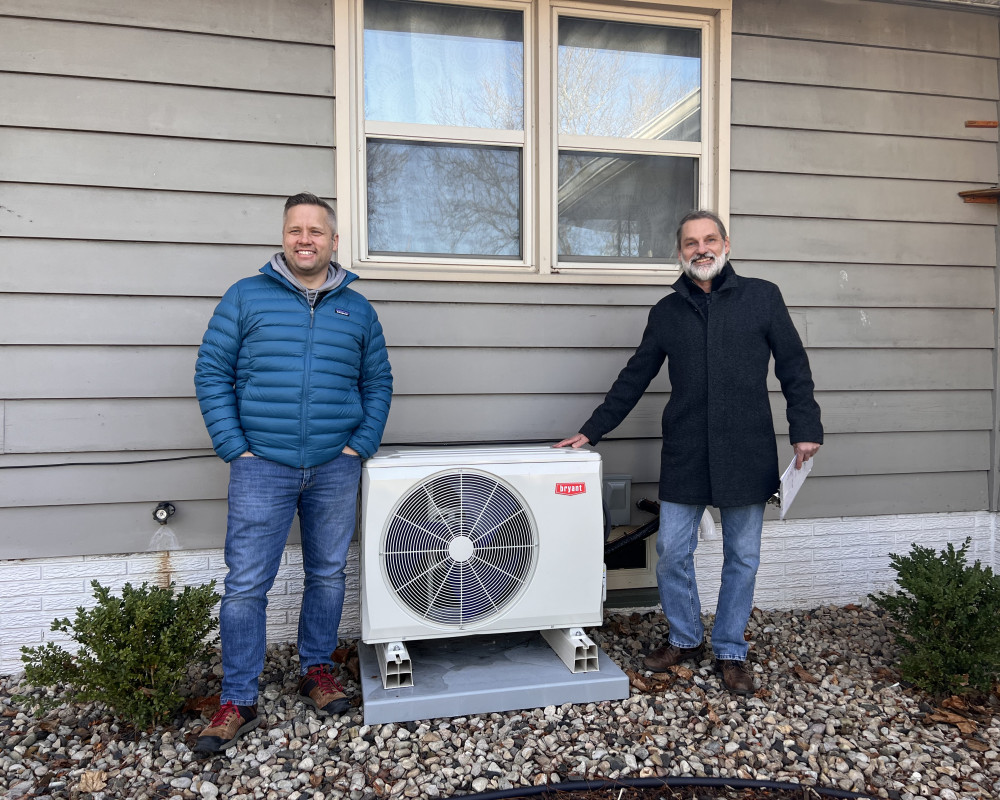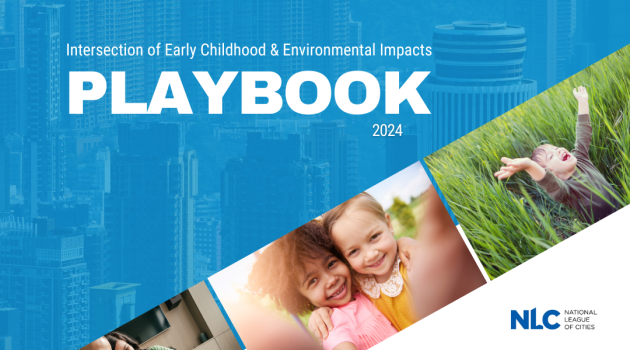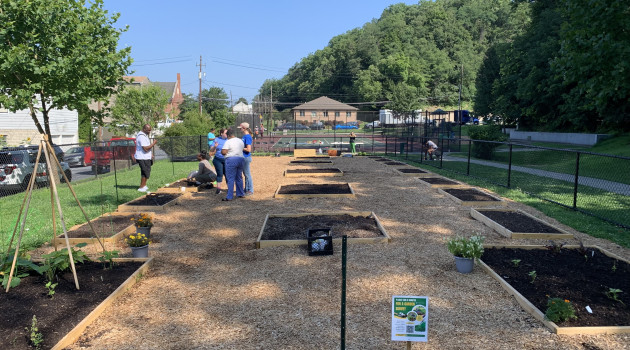
To help renter-occupied properties achieve resilience, health, equity, and climate goals, the city staff in Middleton, WI, launched an innovation program that bundles building improvements —- including energy efficiency, ventilation, pest management, weatherization/insulation, lead remediation, and selection of HVAC equipment.
Owners of eight affordable housing buildings (18 units total) opted into the program and it turns out there was a lot to learn!
What benefits have residents experienced?
Improvements were made to decarbonize several buildings. Work is ongoing to add solar to future Energy Efficiency Navigator Program buildings to offset energy costs for residents. All residents involved in the initial effort are expected to experience cost savings related to energy and weatherization improvements, e.g., add/improve ventilation, add cooling, and reduce fossil fuel appliances in all the buildings.
Any challenges?
Yes! We’ve experienced mold problems, structural roof issues, and pest problems — all are currently being addressed using multiple strategies.
It has been very eye opening to see how interrelated all of these building improvements are, and how many different specialized trades are involved in their solutions.
As our team progresses through site visits, involving contractor quotes and multiple conversations with the building owners, project interest grows. Building owners become more interested and are willing to add their own resources to the project. A valuable — though somewhat unexpected — co-benefit has been the opportunity for contractors in different trades and experts in multiple fields to work side by side to learn what and how aspects of building health and efficiency are evaluated and how the work aligns.
Ongoing challenges:
- Weaving together multiple funding streams — Our project relies on federal and private grants; philanthropic dollars; direct pay Inflation Reduction Act (IRA) funding; owner resources; and existing state run, income qualified programs like Project Home. Financing for each building is unique. Our ideal is to identify a streamlined process for building owners to take advantage of the 30% rebates for solar installations from the IRA, but that means sub-granting ARPA dollars through our subcontractor directly to the building owner, which adds risk, paperwork, and auditing questions for the City.
- Major existing building challenges — These include issues like significant mold problems, water damage, hail damage, outdated electrical panels, code compliance issues and a host of other expensive repairs. Most often these underlying issues need to be addressed before updated weatherization and/or energy measures can be installed.
- Uneven remediation funding, especially as it relates to lead — If lead testing shows contamination in a unit, and there are children living there at the time of the test, that unit will receive funding from the state for remediation. The other units most likely have the same problem but will not be eligible for remediation funding. This makes building owners nervous and worried about liability.
- Hiring contractors — The timing of budget and fiscal years, grant deadlines, lack of federal IRA guidance, plus aligning with existing programs such as the Weatherization Assistance Program, make lining up contractors to do work in sequence difficult.
Bottom line — There are many surprises along the way with this work, but it’s worth it.
To tackle these challenges, Madison — in partnership with the cities of Middleton, Fitchburg, and Sun Prairie in Dane County and local non-profits Elevate Energy and Sustain Dane — applied for a federal Department of Energy "Energy Futures" grant to scale the Energy Efficiency Navigator Program.
With sufficient and stable funding, we can streamline best practices at the county and state levels, with a laser focus on early stakeholder engagement, communications, and sustainable financing for program longevity.
No matter how well funded and no matter what your city plans and policies state, the actual work comes down to earned relationships, innovative thinking with a team of people, and kindness, grace on timing, and generosity to take the project over the finish line.


